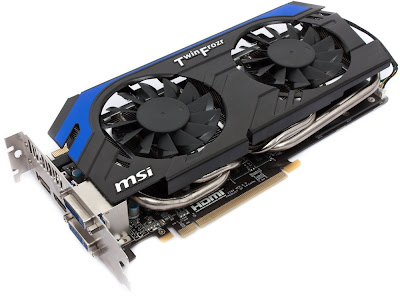Japanese giant electronics and entertainment company SONY apparently thinks that we should all have a home tablet next to our PC, mobile multimedia and communication tablet, mobile notebook workstation and big screen smartphone.
The IT companies are trying hard to convince us we need all of these, and SONY’s new Tab 20 / home tablet concept made us wonder what its primary use or reason for being is. The best explanation we have for it is that this is basically a huggable AIO computer that has a small battery to allow you to carry it from one room to another. The SONY Tab 20 is a 20” tablet with a 10-point multitouch display featuring a rather modest 1600 by 900 pixel resolution that doesn’t exactly fit with the usage model, SlashGear reports. When you’re holding it on your lap while sitting on the bed, you actually hold it quite close and pixels will be somewhat visible. If 10” tablets get FullHD screens, we believe SONY’s Tab 20 should have at least the same 1920 by 1080 pixel resolution.
Behind the rather huge 20” screen there is a normal and quite powerful PC configuration that will allow you to fully enjoy Microsoft’s Windows 8 operating system and the whole x86 software base. A normal AIO system normally sits on a table and you can’t carry it with you to another room, and you’re forced to shut it down before you plug it out of the power socket. With SONY’s Tab 20, you can take the system to any room and place it virtually anywhere without worrying about shutting it down before yanking the cable out of the wall socket.
 |
| SONY Tab 20 Images credits to SlashGear |



 9/02/2012 11:57:00 PM
9/02/2012 11:57:00 PM
 dannzfay
dannzfay

































